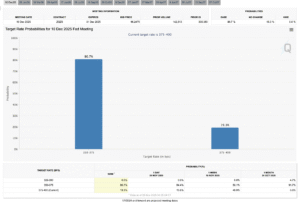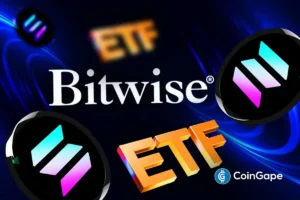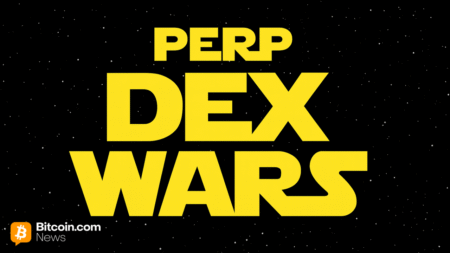Unlocking Financial Freedom: The Power of Decentralized Finance (DeFi) and Web3
In an era defined by rapid technological advancements, the intersection of finance and technology has birthed remarkable innovations like Decentralized Finance (DeFi) and Web3. These concepts promise not just a refinement of traditional financial systems but the creation of an entirely new financial ecosystem where individuals regain control over their assets. As we delve into the realms of DeFi and Web3, we uncover how these trends offer unprecedented opportunities for innovation, access, and empowerment.
Understanding Decentralized Finance (DeFi)
Decentralized Finance, commonly referred to as DeFi, revolutionizes financial services by leveraging public blockchains, primarily Ethereum. Unlike traditional finance systems controlled by banks and centralized institutions, DeFi operates on a decentralized architecture that eliminates intermediaries, allowing users to engage directly with financial services. This transition opens doors to an array of activities, including lending, borrowing, trading, and earning interest on cryptocurrencies, all without the cumbersome processes or fees associated with conventional banking. By democratizing access to financial services, DeFi empowers individuals worldwide, irrespective of their location or financial standings.
The Role of Smart Contracts in DeFi
At the heart of DeFi’s transformative power lies the technology of smart contracts. These self-executing contracts with coded terms enable automated transactions that execute once predefined conditions are met. This not only streamlines processes but also enhances transparency and security. For instance, individuals can lend their assets through decentralized platforms and earn interest without trusting a third party. Smart contracts significantly reduce the risk of fraud while offering users granular control over their financial activities. This technology acts as a bedrock for innovations in lending protocols, decentralized exchanges, and yield farming, thus accelerating the evolution of a truly open financial ecosystem.
Web3: The Next Generation of the Internet
As we explore DeFi, it’s essential to understand the broader context of Web3, which refers to the next generation of the internet characterized by decentralization. Built on blockchain technology, Web3 aims to give users control over their data, privacy, and online interactions. Unlike Web2, where a handful of tech giants dictate how users interact online, Web3 fosters an environment where individuals can create and manage their digital identities. This fundamental shift fosters community-driven platforms that prioritize engagement, ownership, and fairness, opening avenues for innovation and entrepreneurship. In tandem with DeFi, Web3 enables new economic models, as users can leverage their digital presence and contributions to earn rewards.
How DeFi Enhances Accessibility and Inclusion
One of the most profound impacts of DeFi and Web3 is their potential to enhance financial accessibility and inclusion. Globally, millions lack access to traditional banking services; DeFi bridges this gap by providing financial tools that anyone with an internet connection can utilize. By offering services like microloans, savings accounts with higher interest rates, and reliable payment systems, DeFi empowers unbanked populations to integrate into the global economy. Furthermore, these decentralized systems operate 24/7, allowing users from different time zones to engage in financial activities at their convenience, thus breaking down barriers imposed by geographic locations and traditional banking hours.
The Future of DeFi and Web3: Opportunities and Challenges
While the future of DeFi and Web3 holds immense potential, it is not without challenges. Issues such as regulatory uncertainty, technological gaps, and security risks pose significant hurdles that need to be addressed. As governments and financial institutions scramble to catch up with the rapid developments in these sectors, it becomes crucial for innovators and developers to engage in proactive dialogue with regulatory bodies. Additionally, enhancing user education around the risks and functionalities of DeFi and Web3 platforms is vital for fostering broader adoption. As these technologies continue to evolve, those who invest time in understanding and navigating this new landscape will be best positioned to harness their benefits.
Conclusion: Embrace the Decentralized Revolution
In summary, Decentralized Finance (DeFi) and Web3 herald a new era of financial autonomy and online interaction. By dismantling traditional barriers and empowering users, these innovations offer pathways to financial freedom, inclusivity, and personal empowerment. As we stand on the brink of this decentralized revolution, it’s essential to embrace these changes, adapt to the evolving landscape, and actively participate in a new digital economy. Exploring the profound intersections of DeFi and Web3 isn’t just about investing in technology; it’s about being part of a movement that champions a fairer, more inclusive financial system for all.
















